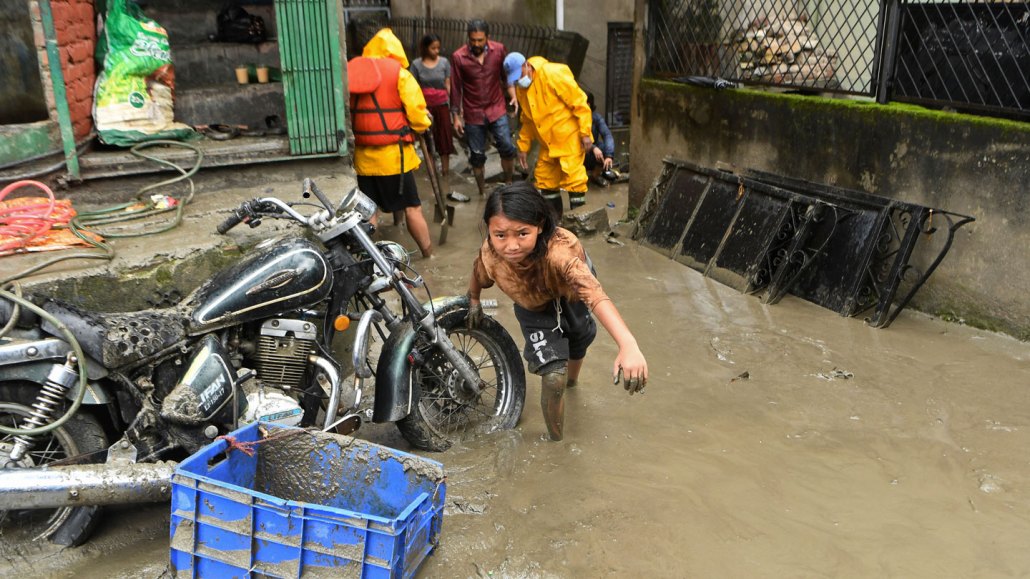
The Bishnumati River, swollen by heavy monsoon rains, flooded the streets of Kathmandu, Nepal, in early September. Due to climate change, children born in 2020 will experience an average of 2.8 times as many river floods as 1960 babies, researchers report.
PRAKASH MATHEMA/AFP via Getty Images







